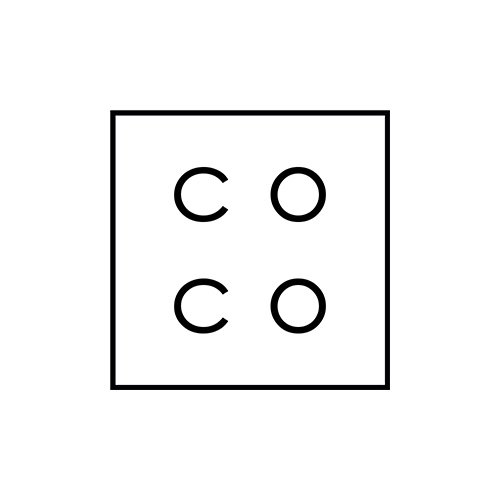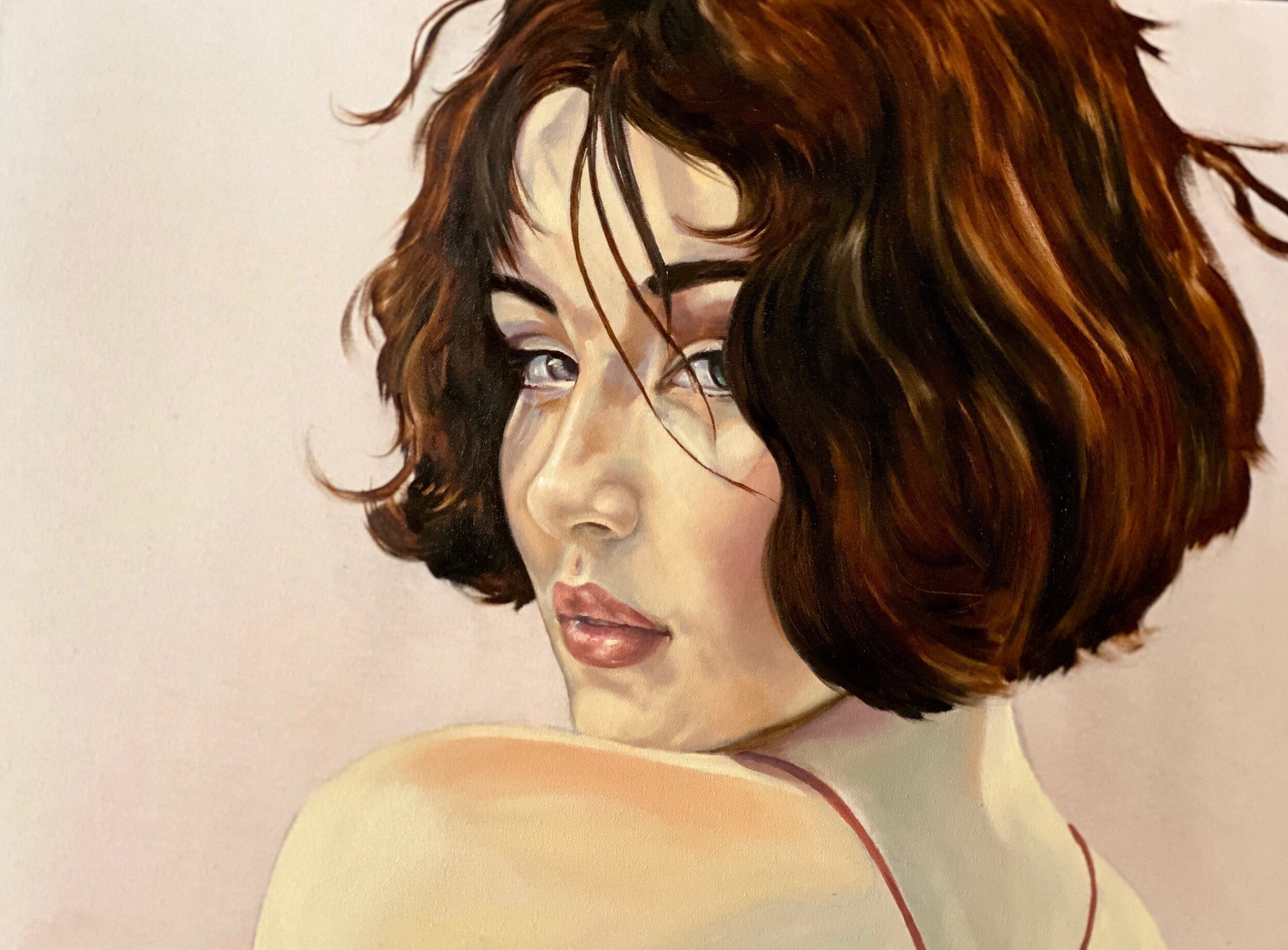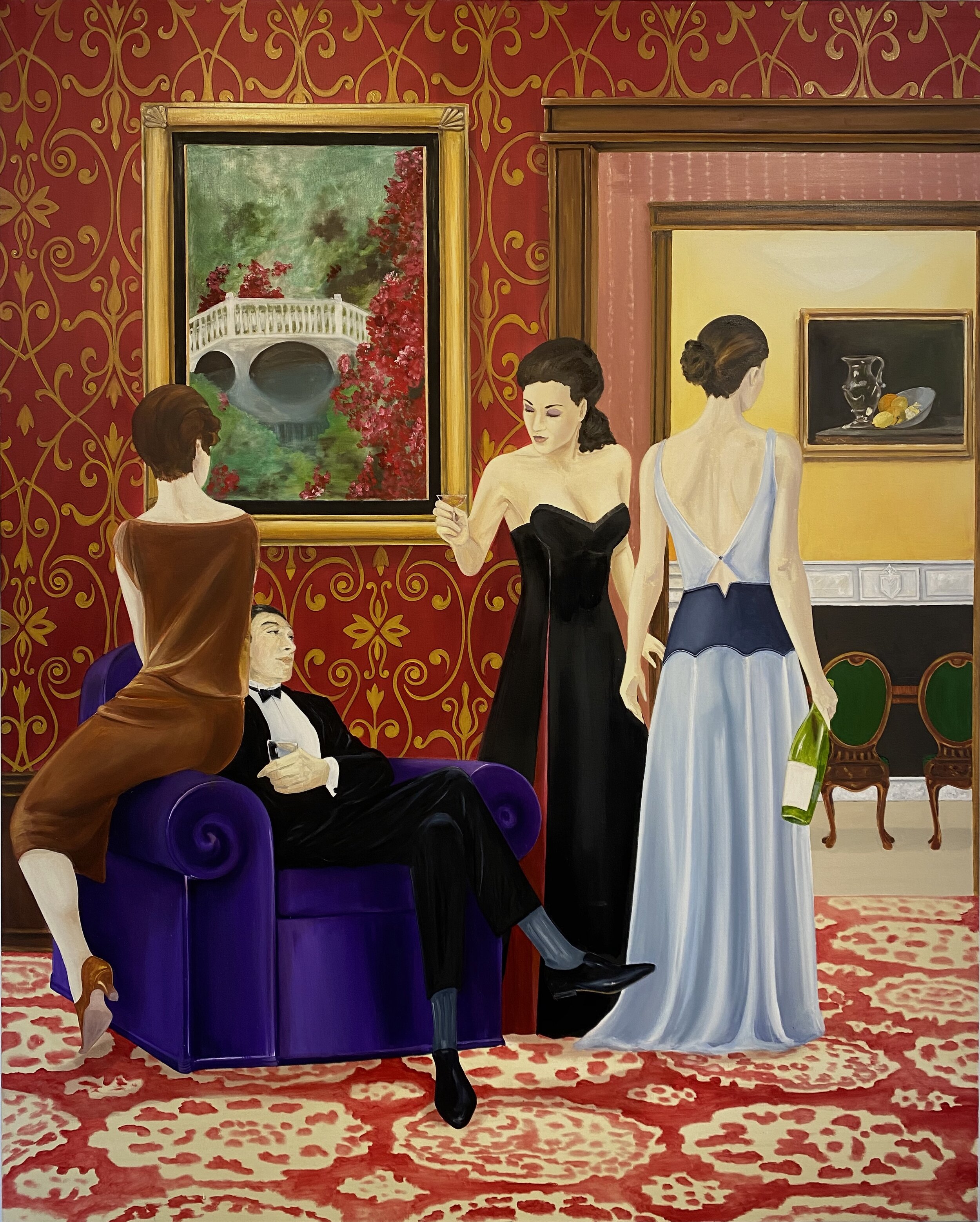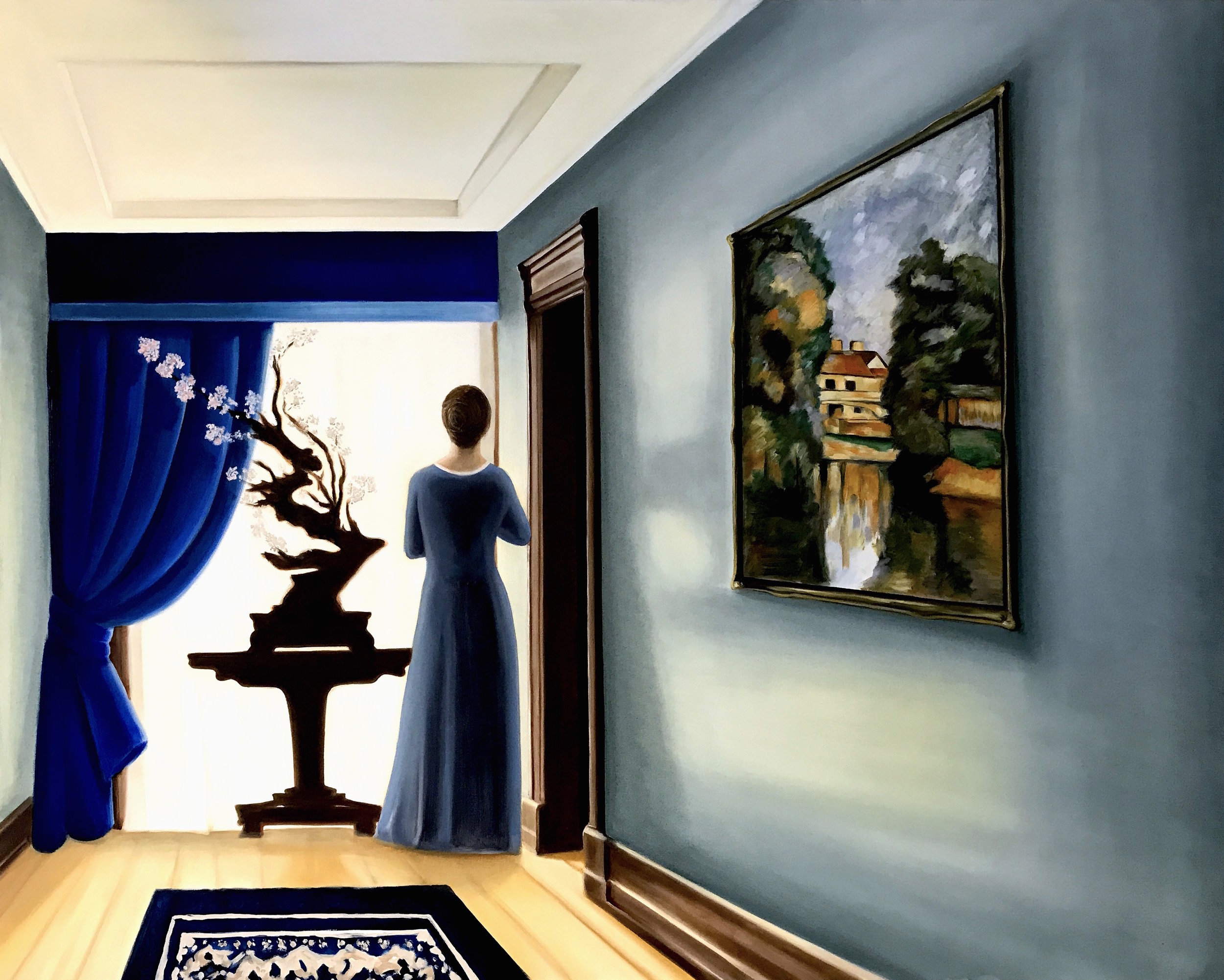Andres Conde
Andres Conde
b. 1968
Havana, Cuba
lives and works in Natchez, MS, USA
Andres Conde was uprooted from Havana as a child, and brought to New York via Madrid in 1979. The family eventually settled in Miami. The contrasts in art and architecture between Havana and Madrid, Madrid and New York, then New York and Miami had enormous visual and creative impact on the young man, and can be seen in his work.
His first paintings on canvas were oriented toward pop, highlighting Conde's penchant for graphic and commercial art. The most notable series of which, "Pop Revolution : When the image outlives the ideology" was a political statement on the state of affairs in Cuba, "...the image...", referred to is the omnipresent image of Ernesto Che Guevara. Conde featured the Argentinian mercenary splashed with blood, covered with quotes by José Martí, (the father of Cuban independence) in graffiti, or in the case of the painting "Siete Años Para El Che" (Seven Years for Che), the well known image of Guevara was created with the handwritten names of the prisons and work camps were Conde's father was held for seven years.
The shift from the angry political to the lush feminine divine so prevalent in Conde’s later works was precipitated by a meeting with Itzchak Tarkay at Conde's studio in Miami in 1997. Tarkay, well known painter of women and Hungarian born Holocaust survivor, asked Conde why he painted such images. Conde responded, “…because I’m angry.” Tarkay, nodded his head and smiled. “Paint something beautiful, paint your wife.” This conversation sparked a change in Conde’s approach to subject matter.
“I persist in reimagining a past that never was or obsessively trying to capture the beauty of God’s most perfect creation, it is complete insanity.”
With his series "SOCIAL", Conde is painting something beautiful and something political. The artist is in the process of creating 240 new covers for the iconic Cuban magazine which closed in 1938. SOCIAL magazine, was the "Vanity Fair" of Cuba. He has reopened the magazine, in his imagination, and is running it from 1939 through the date of the revolution in 1959, when he will symbolically close the doors of the magazine again.
The artist has become best known for his paintings of women; his subjects often reflecting both strength and vulnerability at once. His fascination with women goes beyond the sensual; he holds women in higher esteem than men generally. In his series, “ Días de Un Futuro Pasado”, (Days of A Future Past), Conde often depicts celebrations locked somewhere in time between the 1930’s and the 1950’s. The viewers eye is drawn to the women in the scene as they are always the focus. The men exist, but are never quite as finely articulated.
Conde lives and works in Natchez, Mississippi.
His work can be found in collections across North and South America, France, Germany and Haiti.
A Critical Biography by John Sevigny
Andres Conde is a Miami-based Cuban American painter whose work is informed by a range of influences from the sometimes nostalgic esthetics of Edward Hopper to his family's brutal experiences in Cuba.
Born in Havana in 1968, Conde moved to Miami with his family in 1980 after spending a brief period in New York City. He started drawing when he was 14. Conde attended the University of Miami. His first show was at a Miami Beach bar where he worked as a bartender. Conde was 25 at the time.
His early work was inspired by his father's seven-year-imprisonment under the government of dictator Fidel Castro. The work, made when Conde was in his late 20s, was highly critical of Castro's brand of Communism, which was always totalitarianism in a left-wing mask. In particular, it took aim at Ernesto "Che" Guevara, an Argentine guerilla and pop culture icon considered a mass murderer by Cuban exiles and historians despite his omnipresence on T-shirts across the United States and Europe.
"I used to paint pictures of Che with anti-Castro slogans on them but people who were Che fans bought them," Conde remembers. Not long afterward a fellow artist convinced Conde to move away from political work. It's a common course for artists. When you are young you want to tell the world what you believe. But once you've said it, you can't go on repeating yourself. The best artists move on to more personal, less binary work.
Conde's recent work is nostalgic, highly graphic and focuses on the joy of everyday life. Some of his paintings bring back memories of the classic film Casablanca. Others evoke an ironically sad nostalgia for a pre-1959 Cuba. There is also a dose of Miami Beach art deco typefaces to savor. Conde describes his paintings as "scenes of happy times." Those works frequently focus on his wife Stacy Conde, owner of the gallery by which Andres is represented, and his family.
Andres Conde's work is inevitably in part a reaction against the political upheaval that he has seen up close. And that's a good thing. Art needs life-loving artists such as Matisse, Hoffman, Rauschenburg, and Conde just as badly as it needs Kollwitz, German Expressionism and Dada.









































